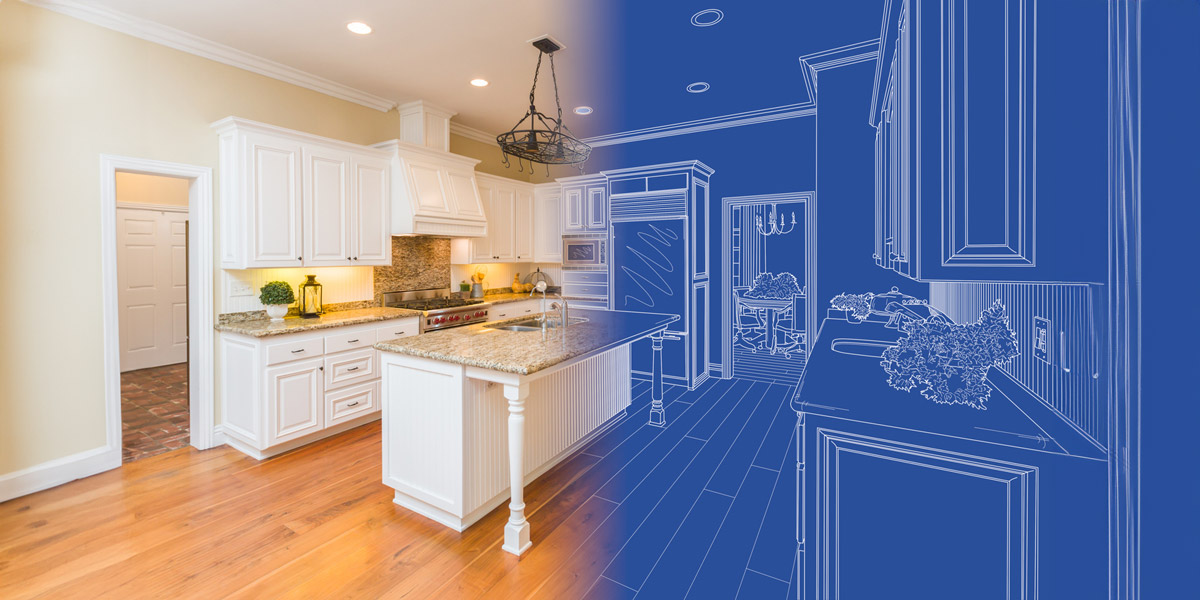With Arizona’s sweltering summer heat and mild but pleasant winters, a properly working HVAC system is an absolute necessity for homeowners. However, attempting to service or repair your own HVAC system is inadvisable and can lead to serious consequences. Here are some of the major reasons why you shouldn’t attempt DIY HVAC work and instead you should hire a reputable, local HVAC company.
Safety Hazards
HVAC systems involve complex electrical wiring, combustible fuel sources like natural gas, dangerous refrigerants, and powerful motors. Without proper training, attempting repairs on your own HVAC unit can put you at severe risk of electrical shocks, gas leaks, fires, exposure to toxic chemicals, and other safety hazards. Trained HVAC technicians have the knowledge and equipment to safely work on these systems.
Expensive Mistakes
Even if you manage to avoid injuries, attempting DIY repairs on an HVAC system if you don’t know what you’re doing is likely to create further damage and issues, which will then require expensive professional repairs. Inexperienced homeowners often misdiagnose HVAC problems, replace the wrong parts, or improperly reassemble components, compounding the original issues. Hiring a local pro gets it done right the first time.
Voided Warranties
Most HVAC equipment comes with a manufacturer’s warranty to cover replacements and repairs needed due to defects or premature failures. However, if you attempt DIY repairs, you will automatically void those valuable warranties. Professional HVAC technicians know how to properly service equipment without voiding warranties.
Shortened Equipment Life
HVAC systems are expensive investments that you’ll want to get the maximum lifespan out of through proper maintenance and repairs. DIY work done incorrectly can severely shorten the functional lifetime of your HVAC equipment by causing excess strain, poor energy efficiency, premature breakdowns, and other issues. Certified techs know how to care for your system.
Licensing and Code Requirements
In most areas, there are strict licensing requirements and building codes that HVAC work must adhere to—especially for more extensive repairs or full system replacements.
Bruce’s Air Conditioning & Heating is your local company for all things HVAC. Our experienced technicians can handle any type of HVAC servicing issue and now is a great time to schedule your twice-yearly HVAC maintenance. Call us today at 480-968-5652 to schedule an appointment. We’ll gladly perform a full system inspection and provide expert guidance for any suggested repairs.
















